What is known as the Raid on Los Baños would be one of the most successful raids executed by the U.S. military throughout World War 2. The raid liberated all 2,147 internees, including 47 Maryknoll Sisters and 1 Maryknoll Father. Join me as we explore the War Narratives and the Los Baños Internment Camp Collections, read accounts of the Maryknollers interned at Los Baños, and learn the full story of how “The Angels Came At Seven.”
The Los Baños Camp
Countdown to Liberation
As the days ticked on, hope began to dwindle amongst the internees, including the Maryknollers and other Religious in the camp. A public prayer was held leading up to the Feast of Lourdes on February 11th, but no answer came. Bishop Constant Jurgens of Tuguegarao, also interned at Los Baños, called for an Exposition of the Blessed Sacrament on February 22nd. This included a constant recitation of the rosary, and Bishop Jurgens asked the Maryknoll Sisters to pray on the first day.
On Feb. 22, Bishop Jurgens [ordered] exposition of the Blessed Sacrament and a Perpetual Rosary in a desperate Triduum. For the first day, we Maryknoll Sisters and the Good Shepherd religious [were] responsible for keeping the rosary going constantly.
The Angels Came At Seven
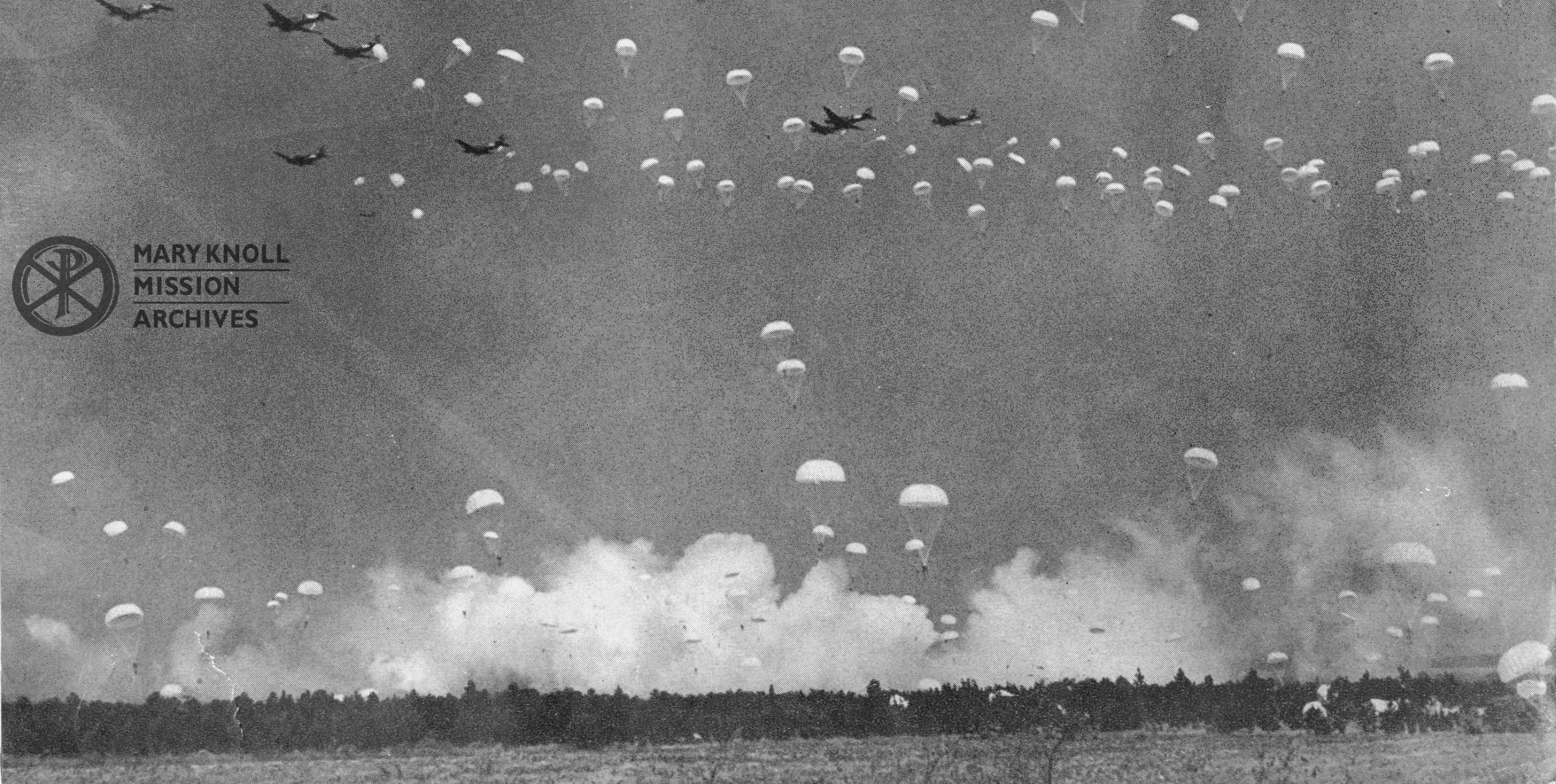
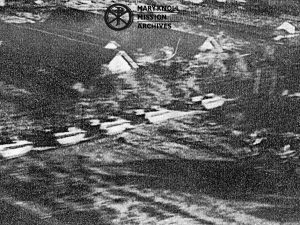
Journey to Freedom
I had always had an idea that we would leave Los Banos in a hurry, so early in the internment, I had put away my tampipi (a native box of woven busi palm like a suitcase), my habits, good shoes – that is, good after 3 ½ years… What was simpler then, than to hoist the tampipi to my shoulder and start immediately…
As soon as each barracks was vacated, it was set on fire to prevent the Japanese in the hills from coming down and using them. By the time we left the camp was a roaring furnace.
In our turn we started moving, and I could see the tops of the buildings we rolled along. About half way to the bay, bullets began whizzing overhead, so the tank stopped and a little battle ensued. They told us that they saw a [Japanese Soldier] in the trees some distance away. Everyone in the tank was down inside, the walls a couple feet higher than the tallest of us. We were told we were going to Laguna de Bay, so I had supposed that when the water was reached we would get out of the tanks and into boats. But, no: tank and all pushed right into the water.
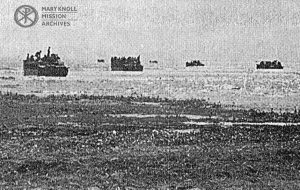

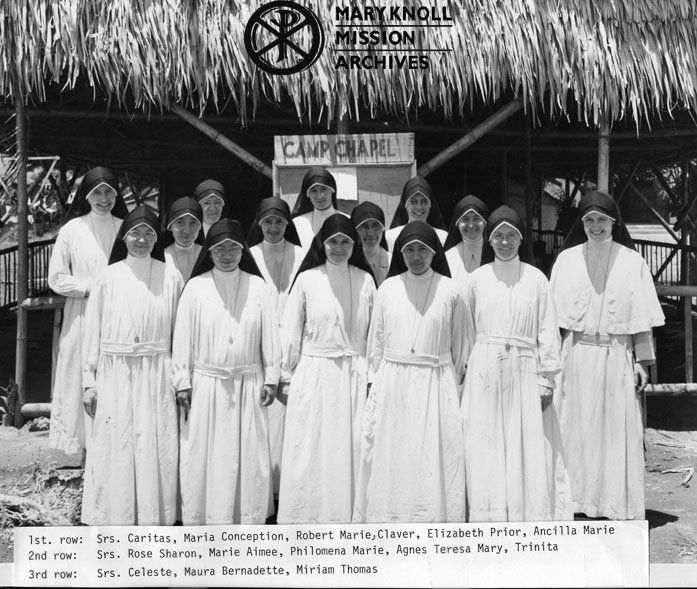
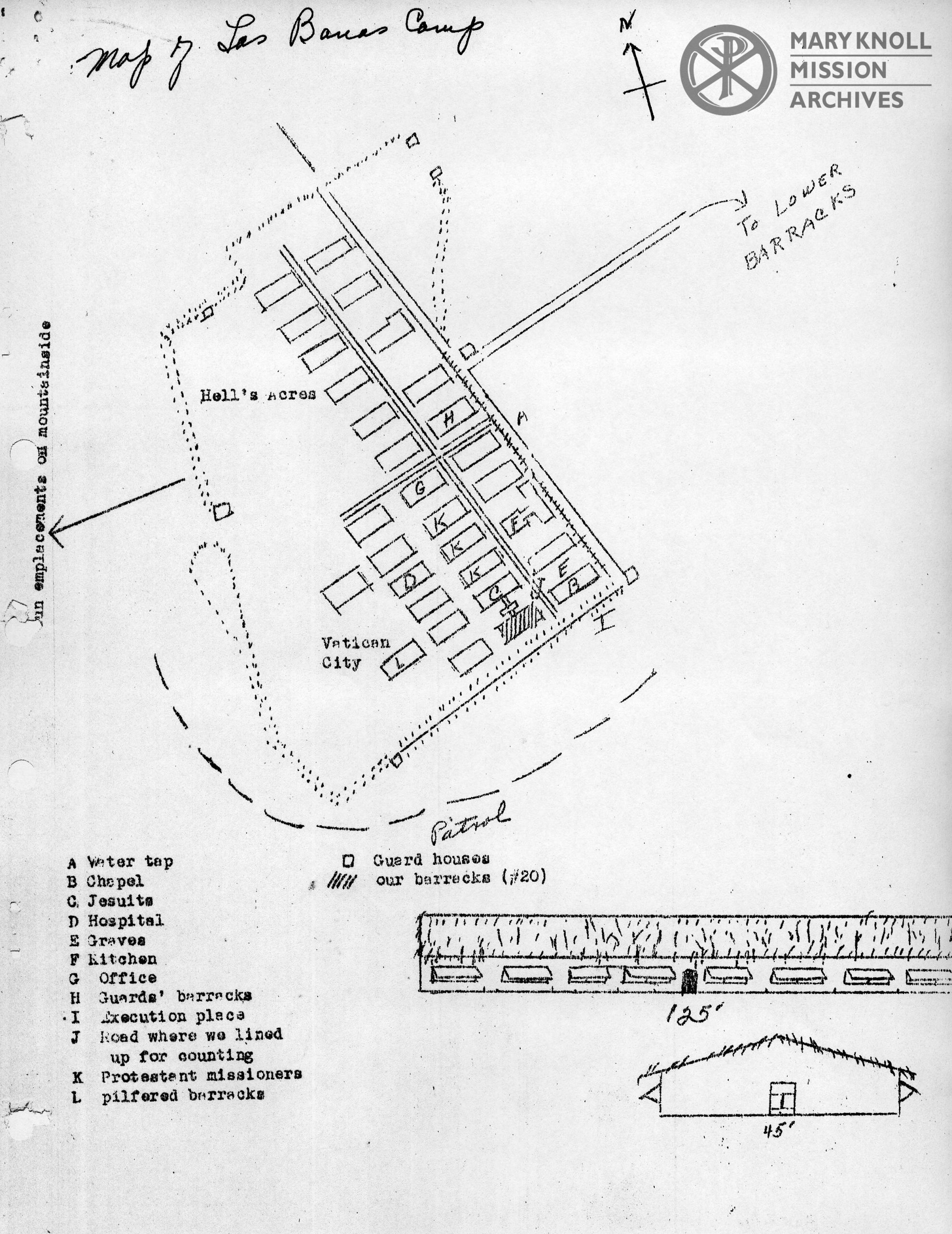
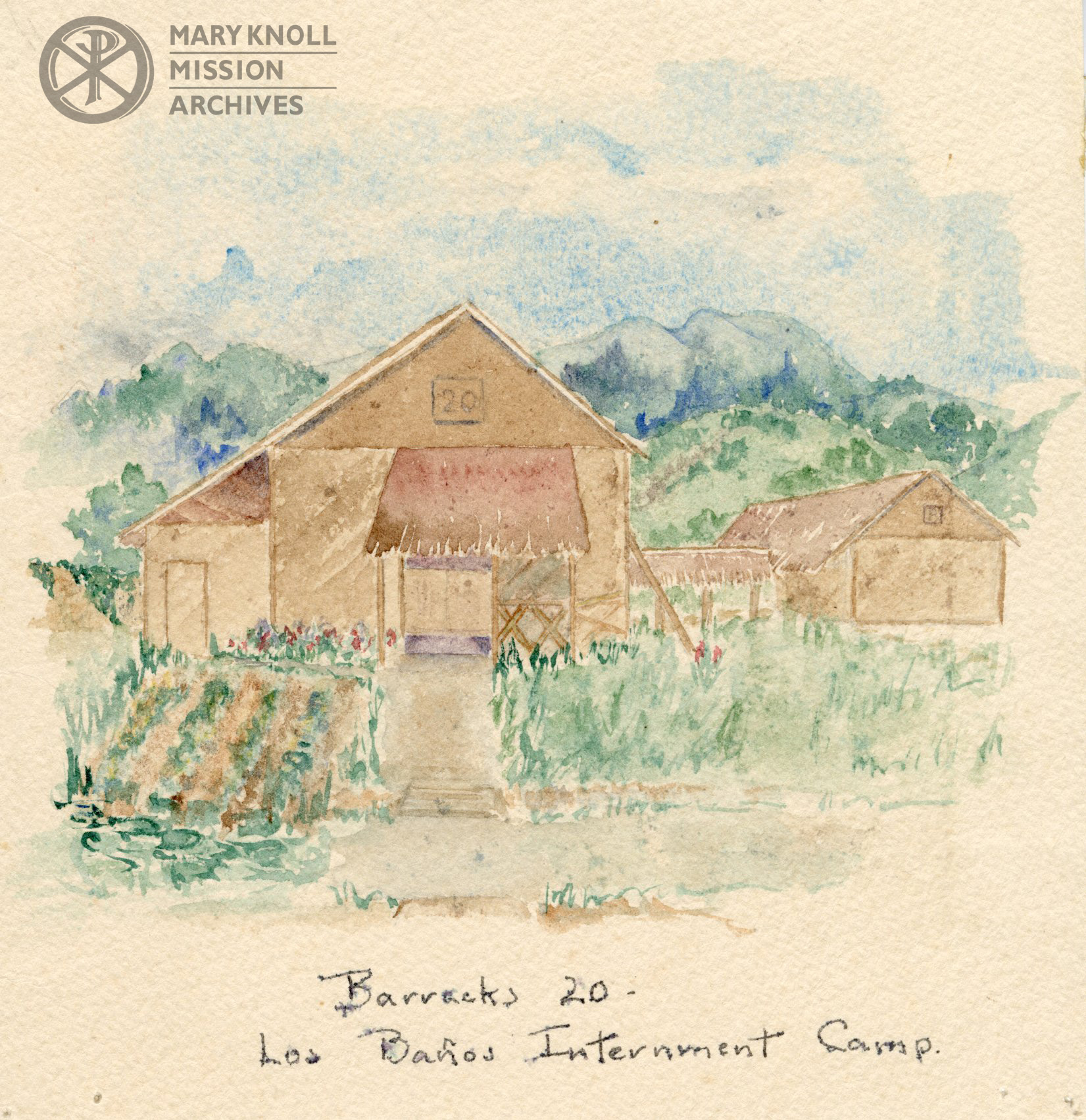
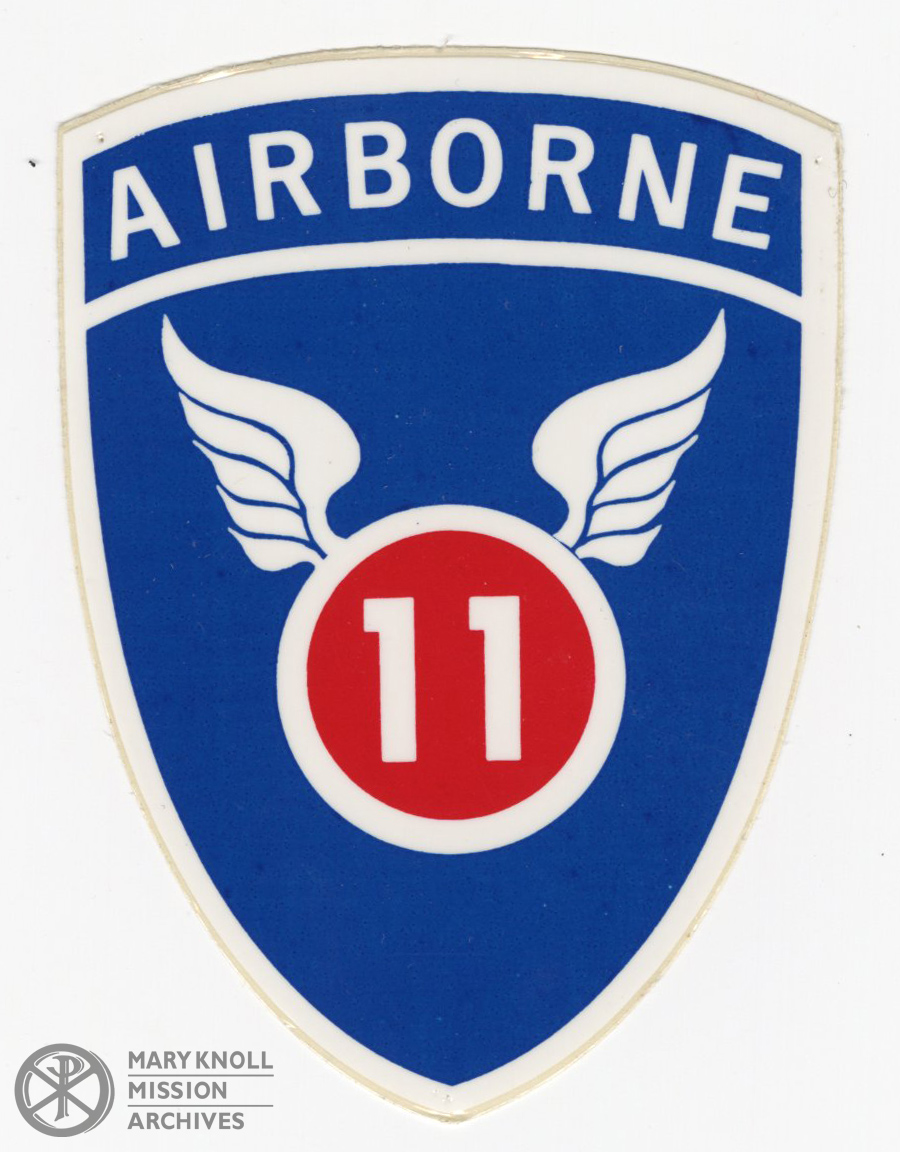
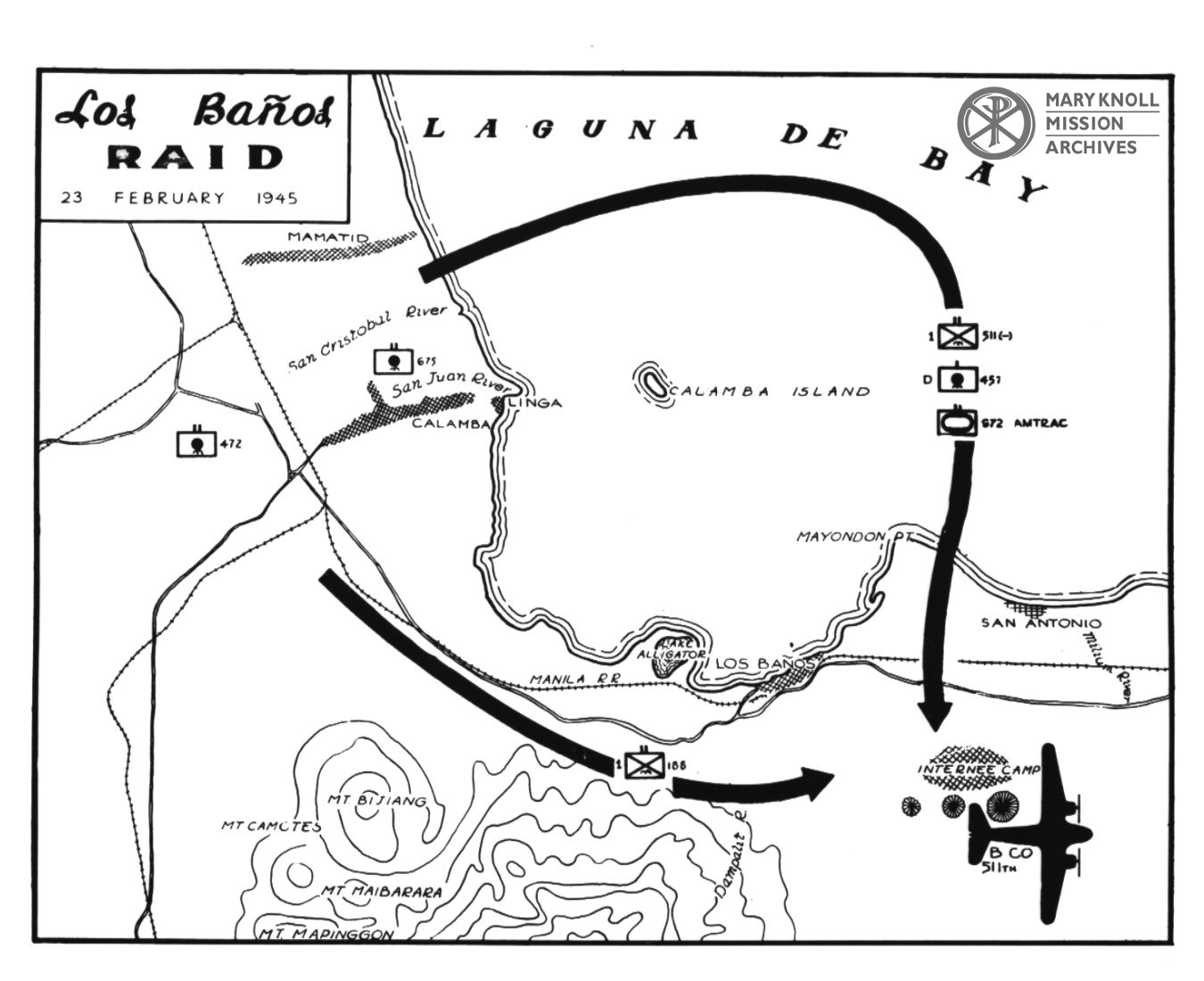
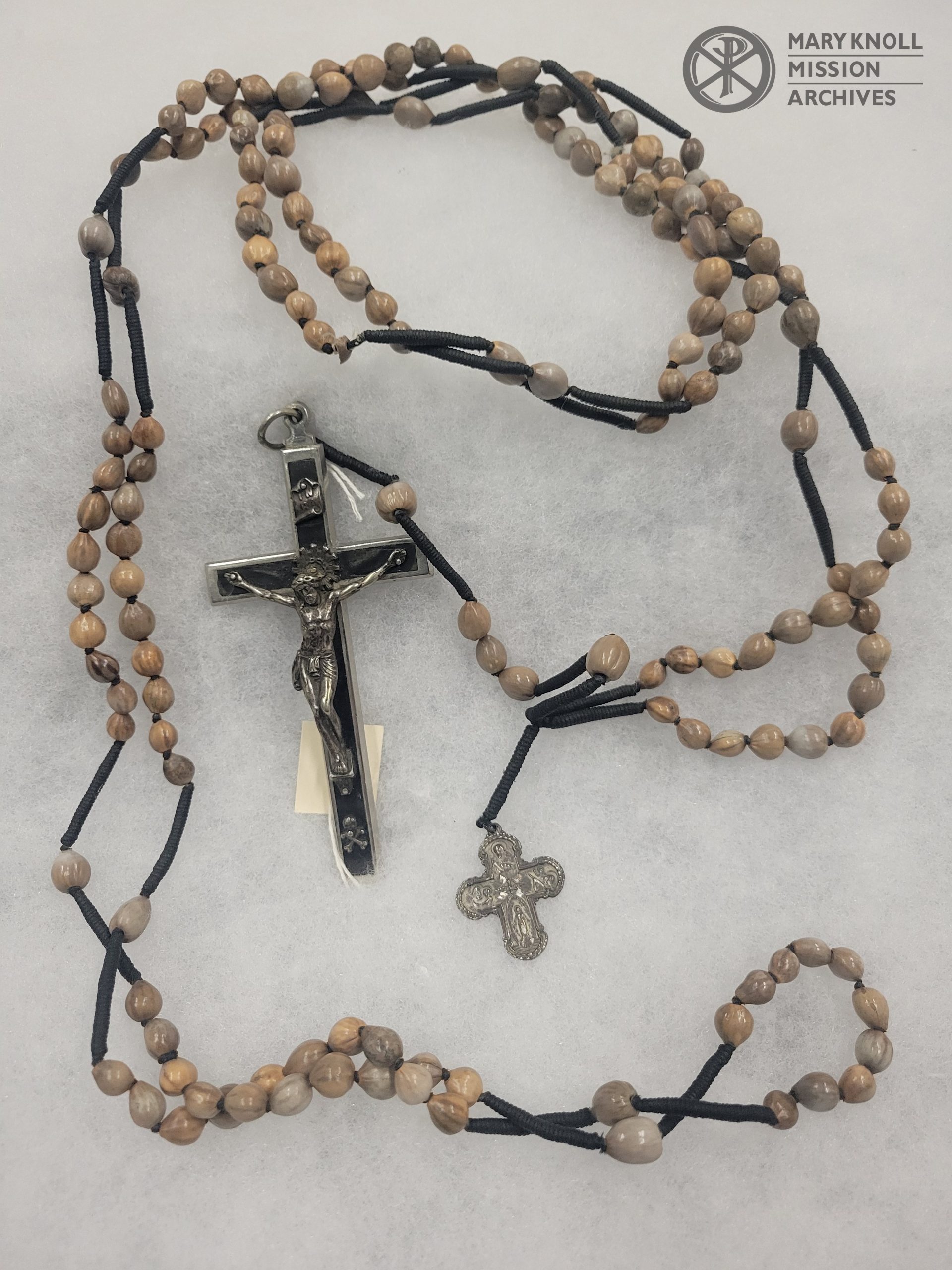
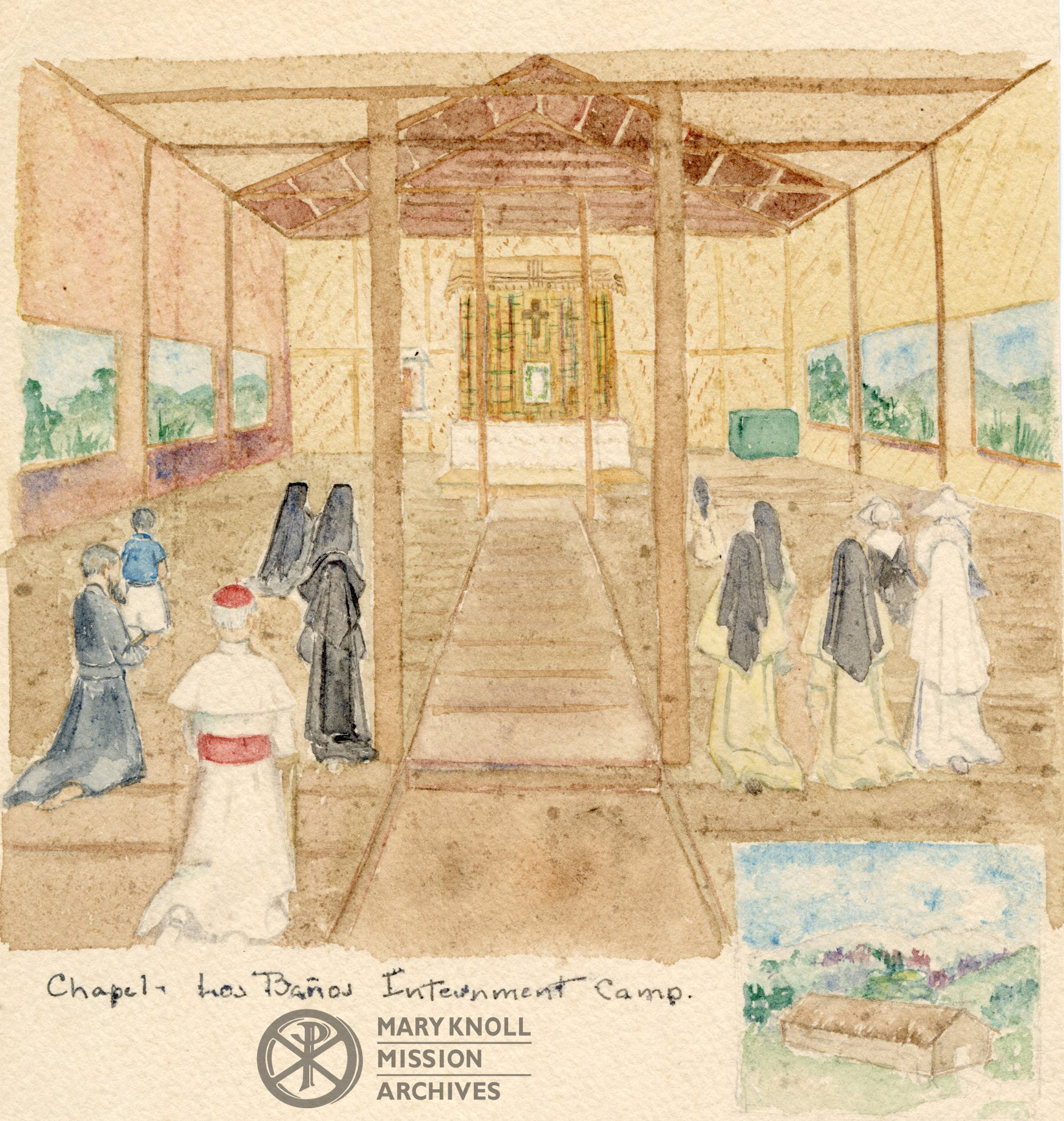
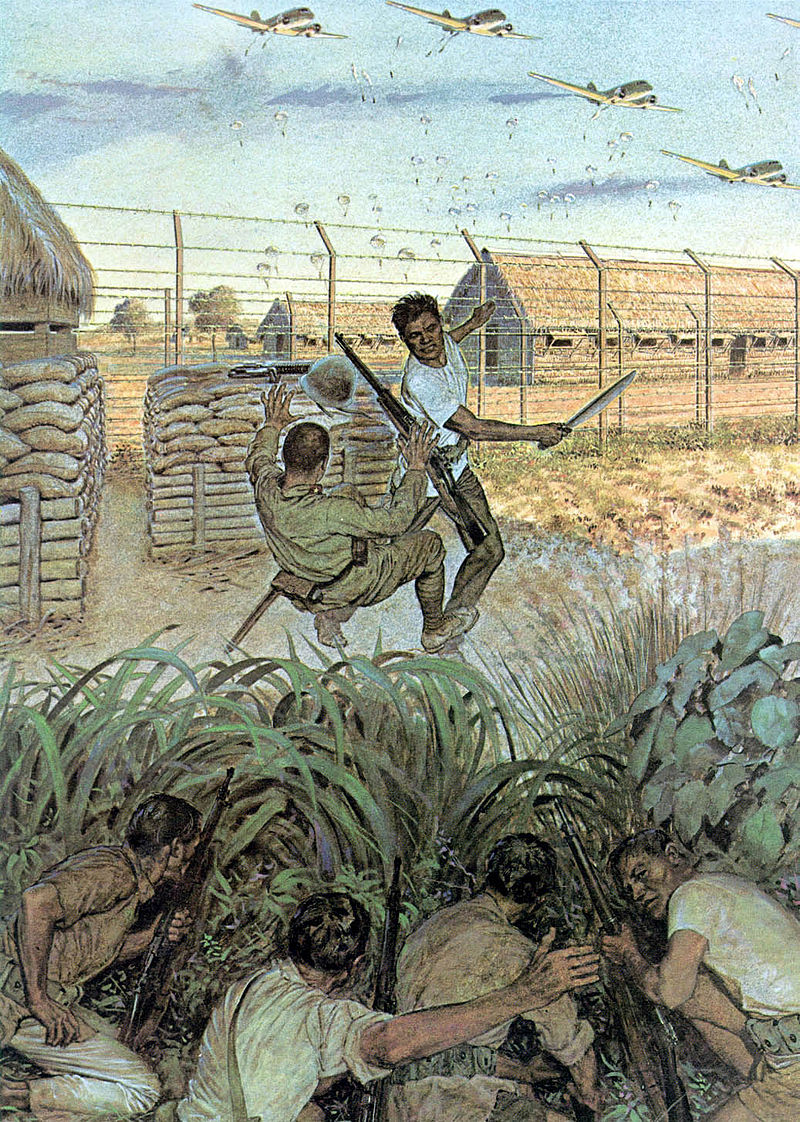
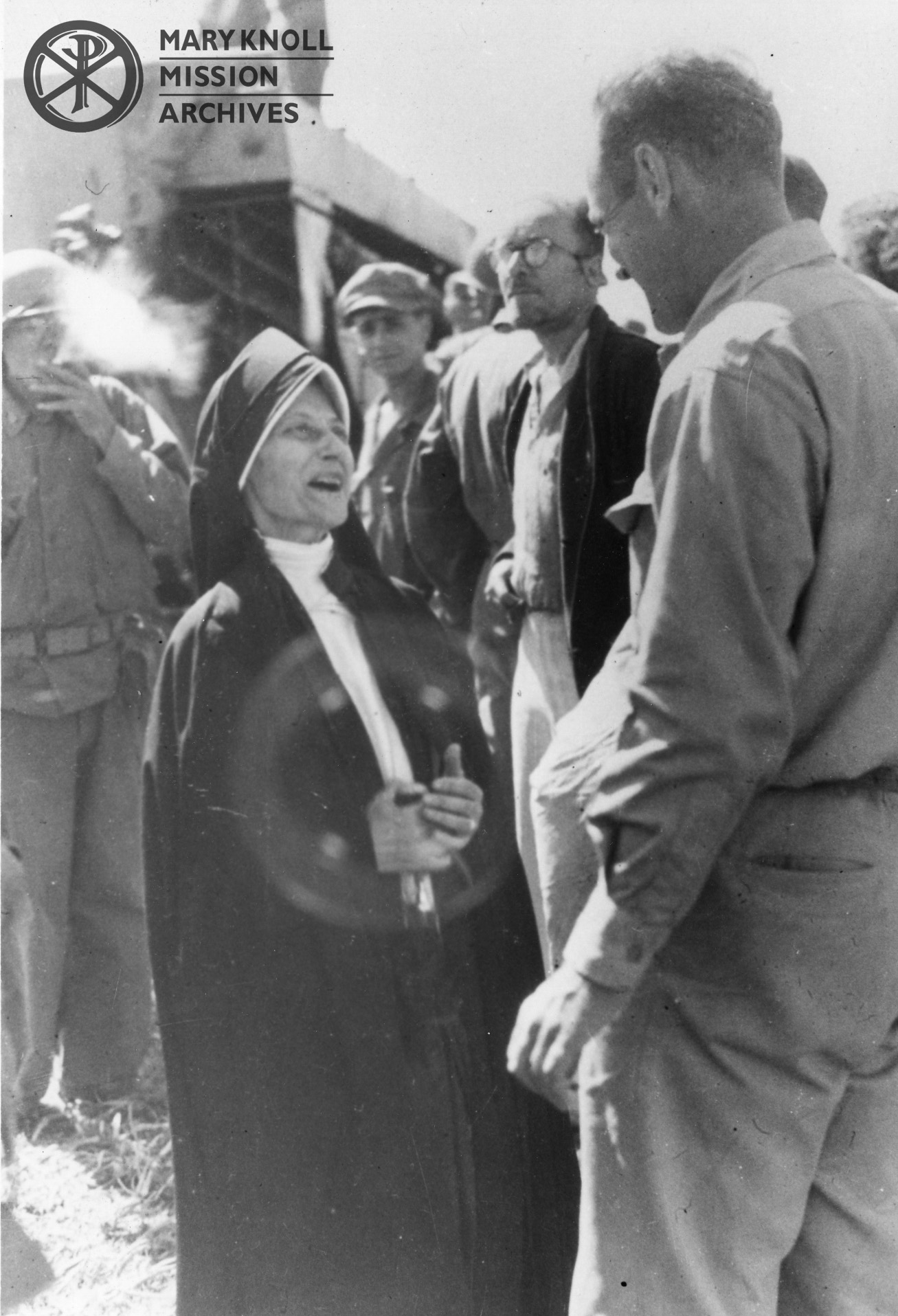
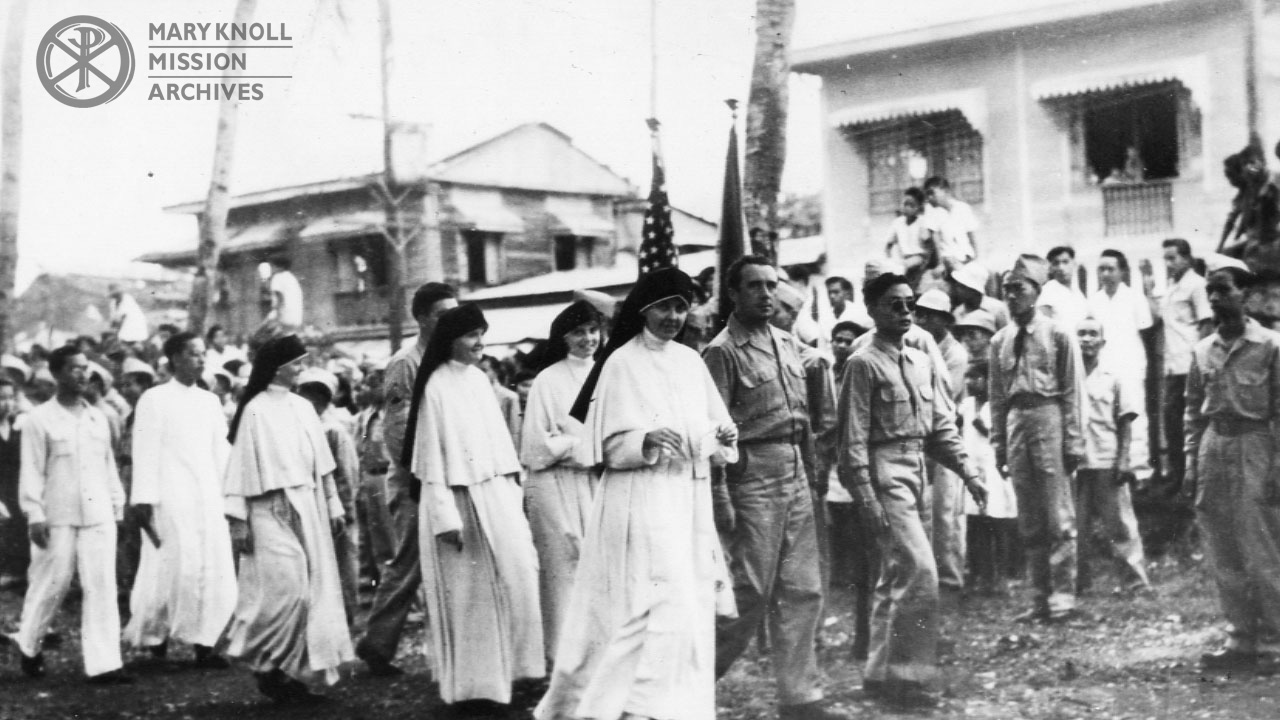
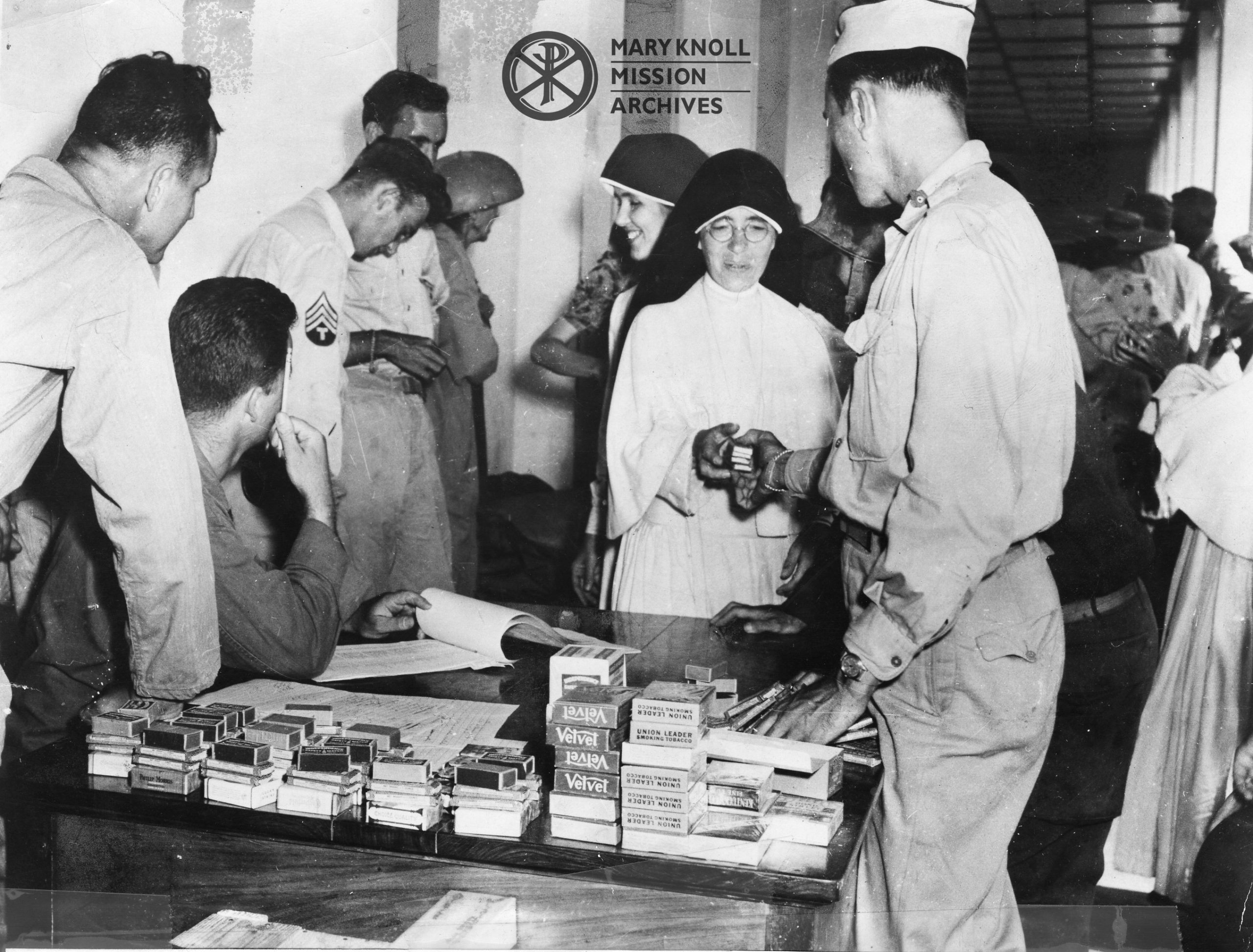
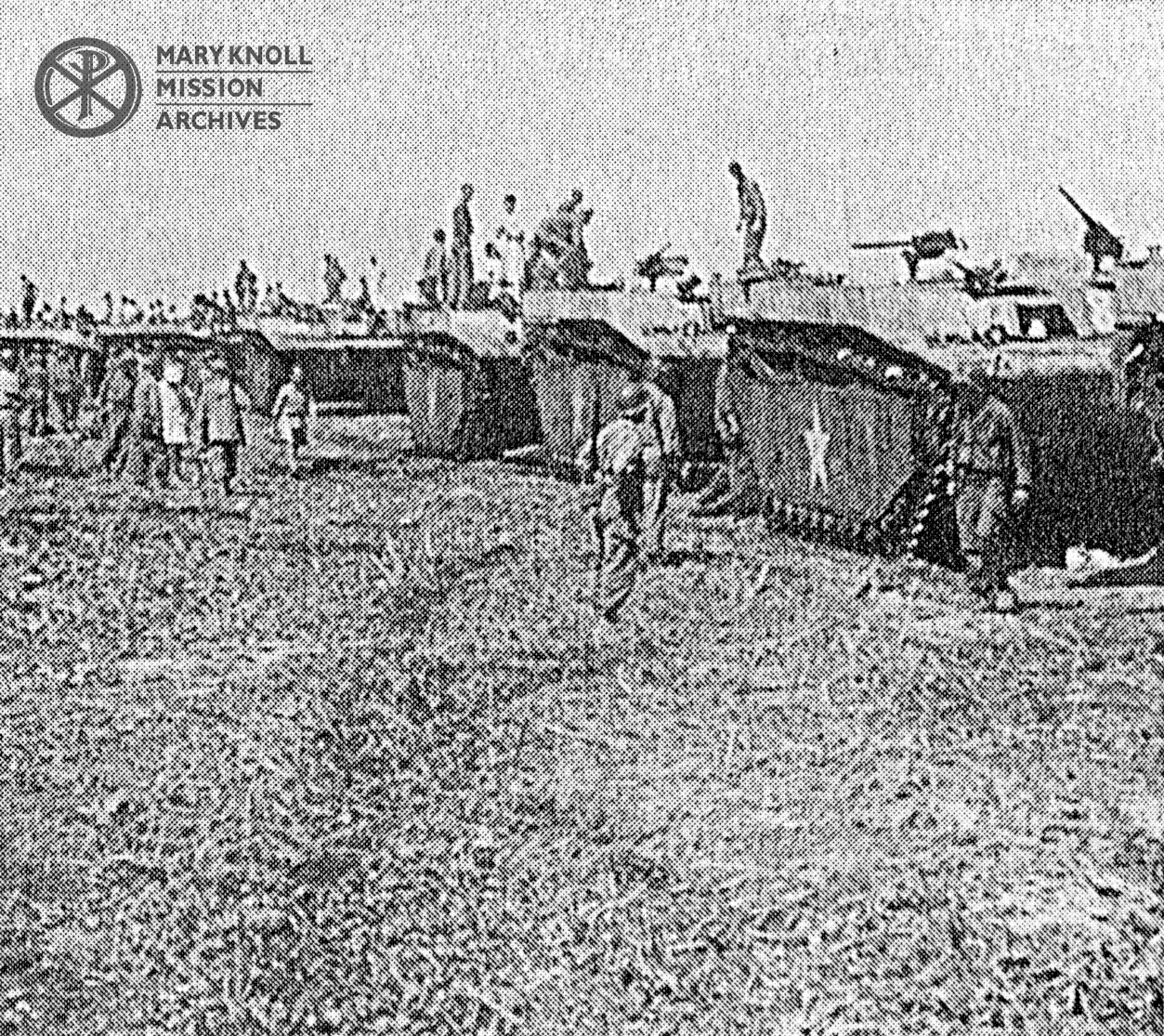

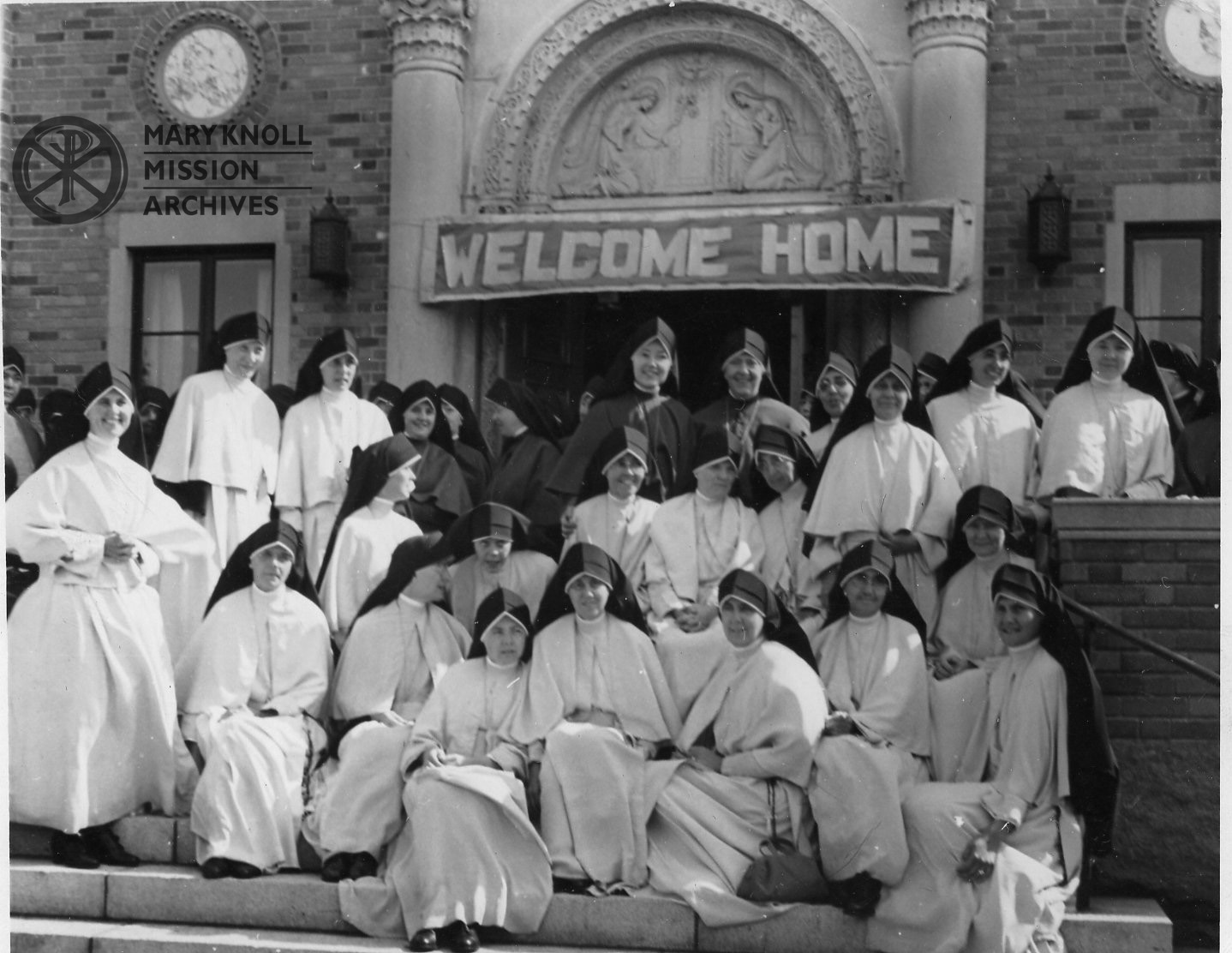
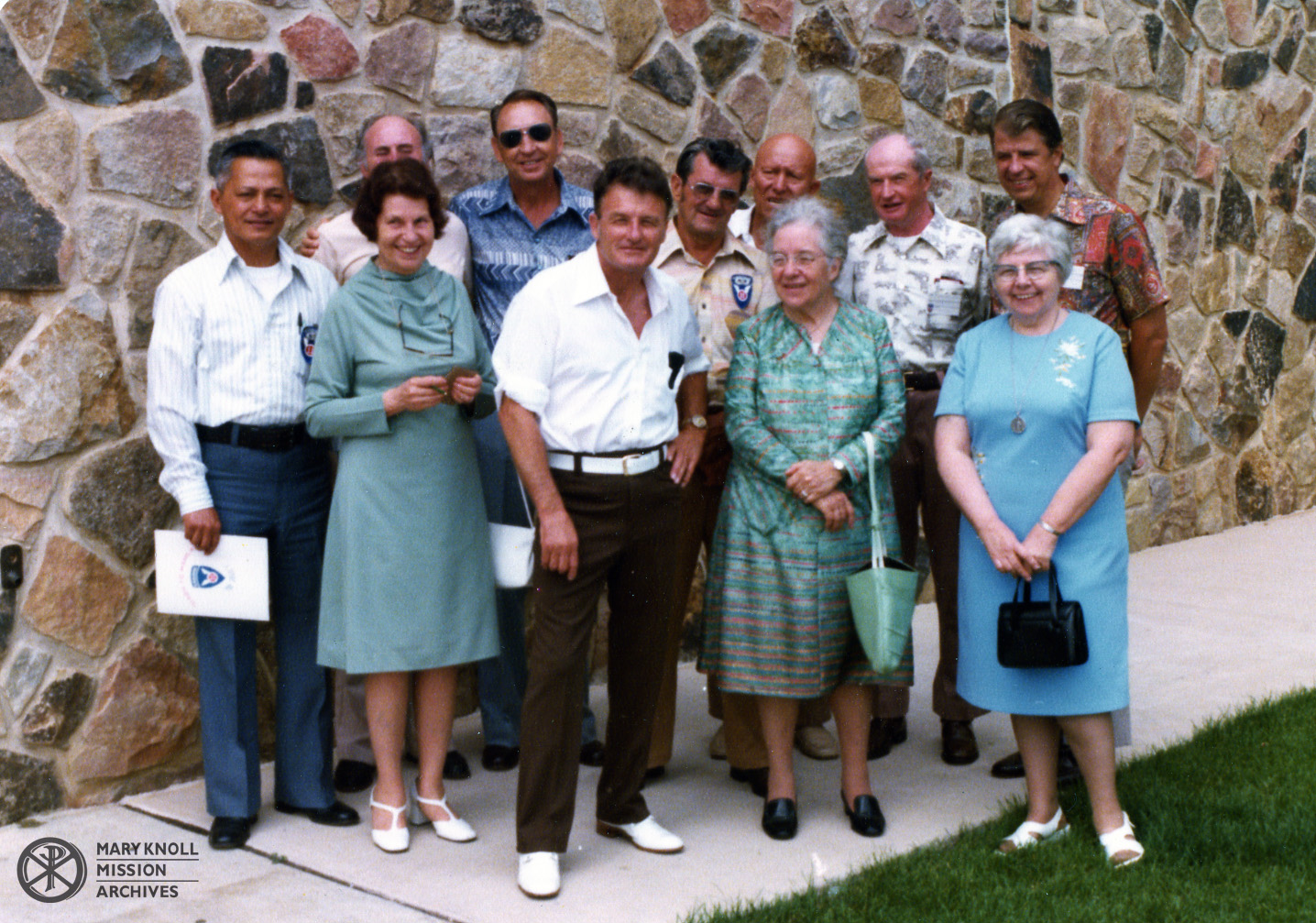
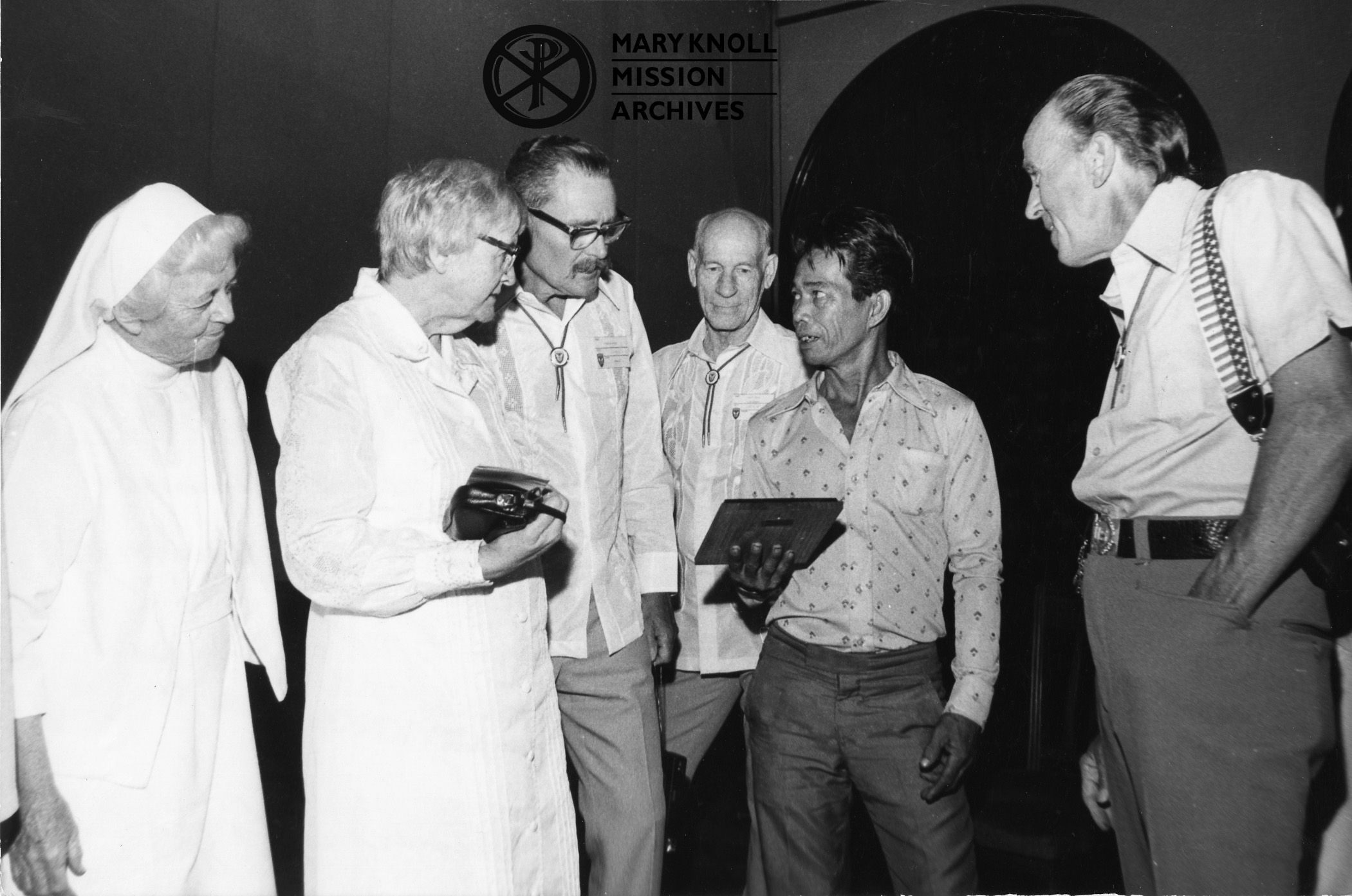
My Great Aunt Sister Mary “Scholastica” Schafers was one of the Maryknoll Sisters interned in the camp. So grateful for the US and Filipino troops that liberated them from the cruel Japanese.
My grandfather, Jesse Reed, was one of the 11 Airborne paratroopers that dropped in. He lived a long life, had many children, grandchildren, and great grandchildren. We sure do miss him!
Jessica Seabolt